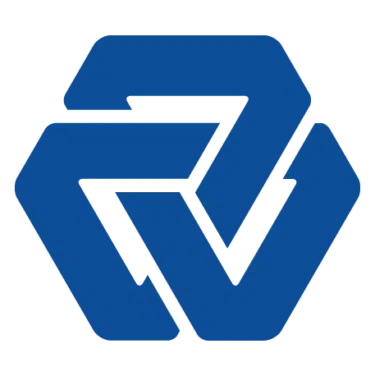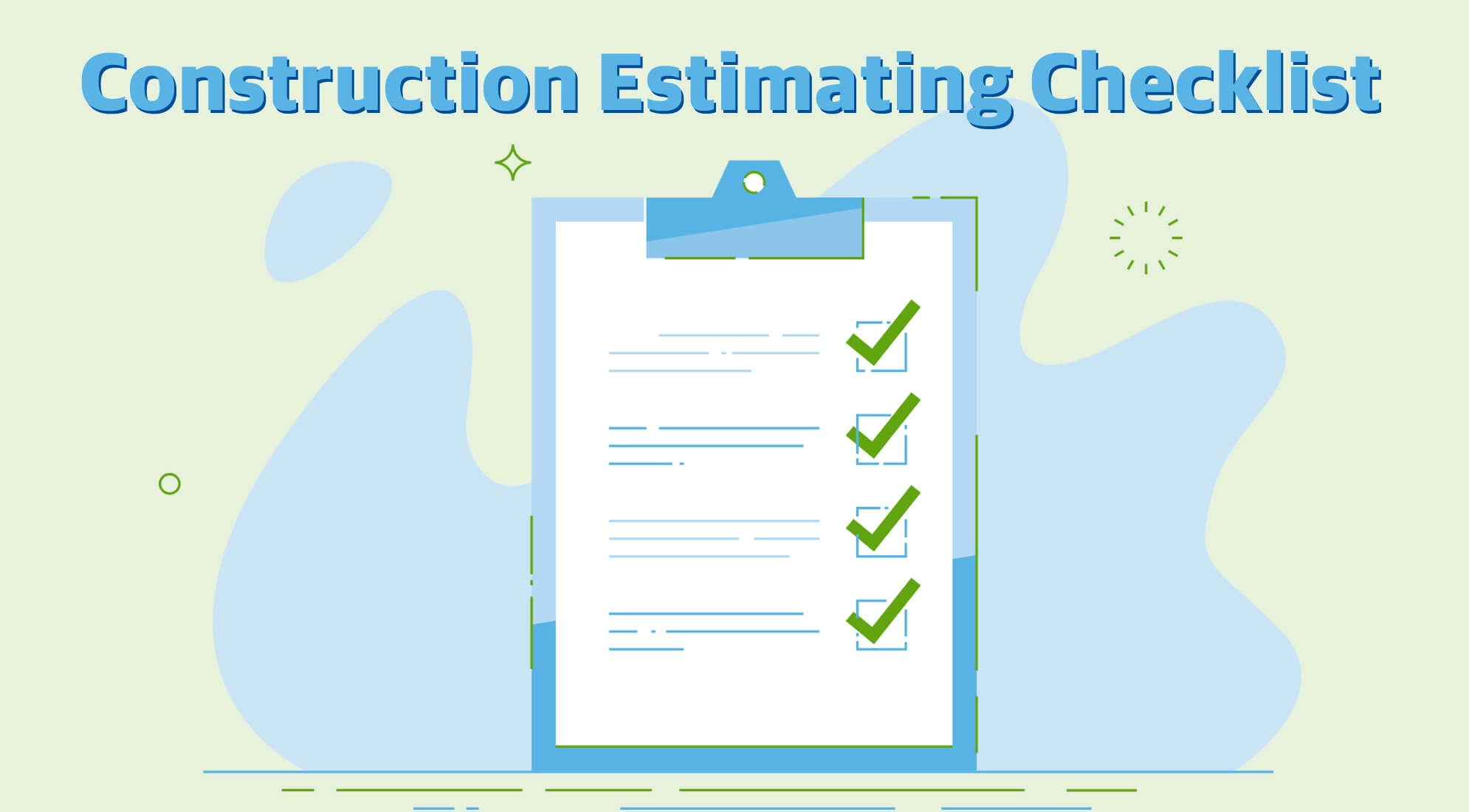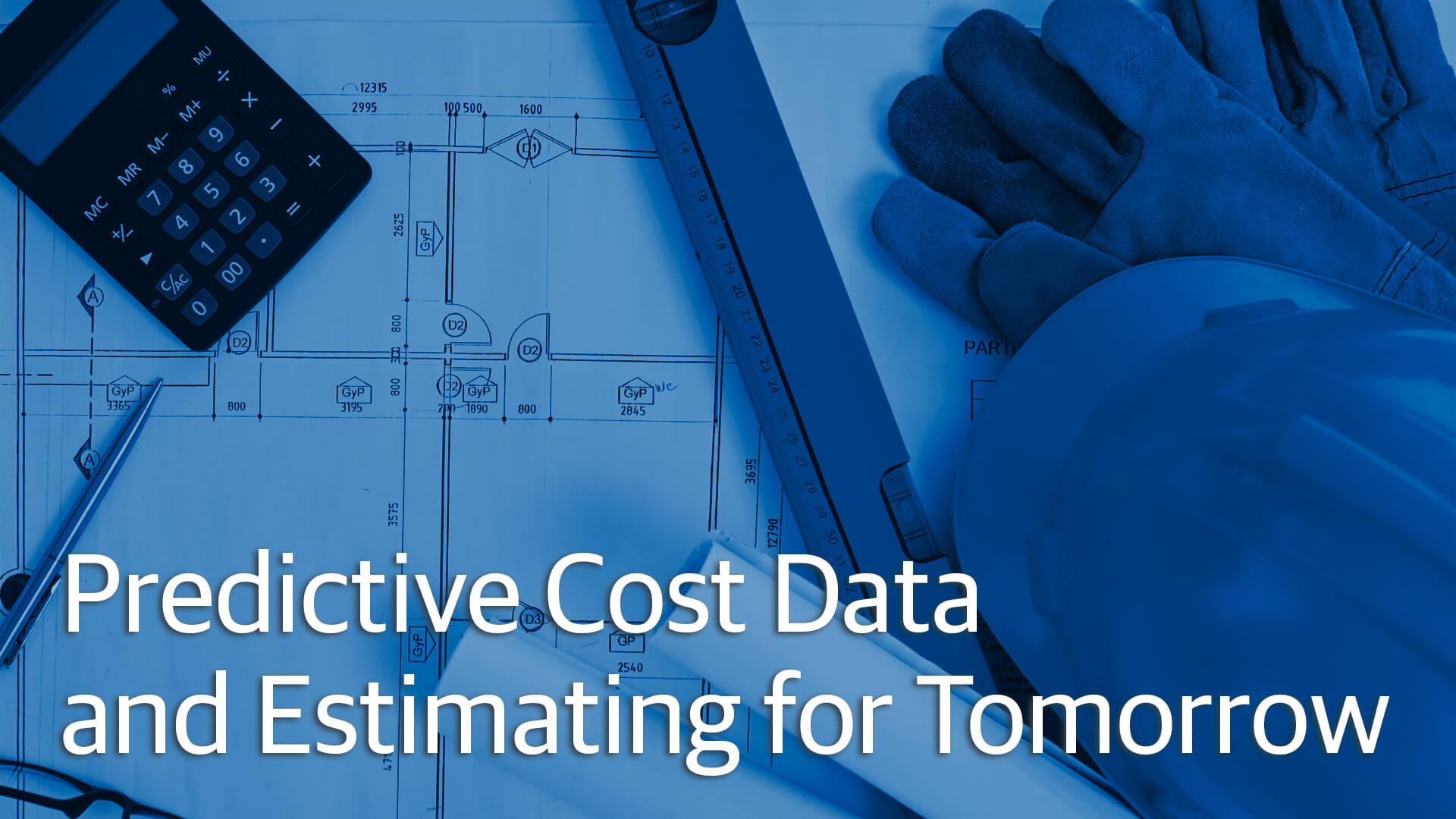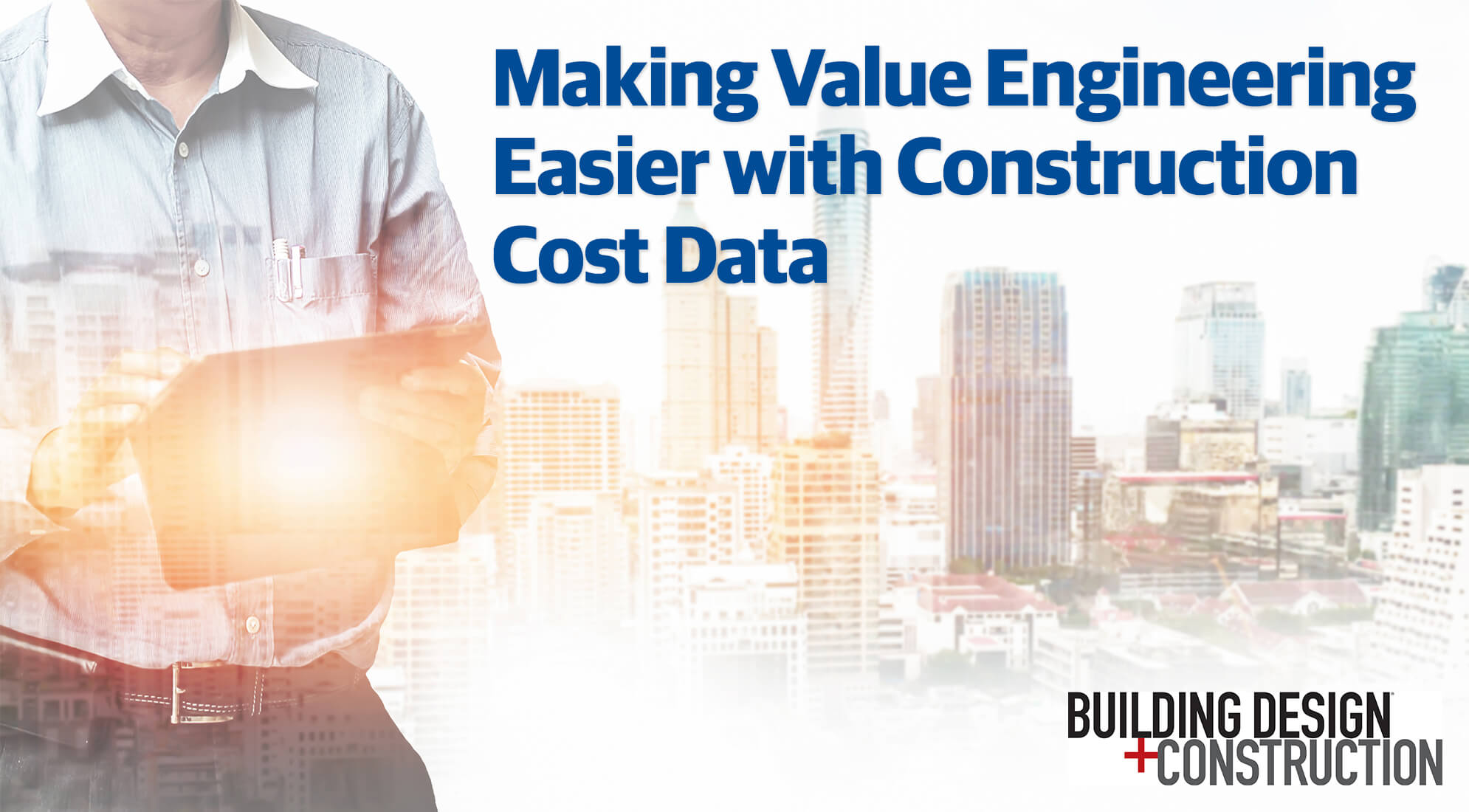Dabbling in mixology is similar to value engineering (VE). Jason Takeuchi, Architect at Ferraro Choi and Associates, enjoys crafting a good cocktail. In order to get the most flavor, smoothness and “buzz” into his drinks, he started his foray into mixology using premium ingredients that increased the cost. While experimenting with more conventional, economical ingredients, he was surprised to realize how little their cost affected the taste of the final cocktail. A similar process occurs when we value engineer buildings. Value engineering is optimizing the initial and long-term investments, seeking the best value at the lowest cost. The value for the cocktail is in that flavor and smoothness, but for buildings it could be performance, aesthetics, sustainability, lifecycle cost or a combination of these factors.
Often, value engineering is done without up-to-date, detailed construction cost data that can make a big difference in the process and the results. Our recent webinar in partnership with Building Design + Construction magazine taught attendees the importance of accurate construction cost data to the value engineering process. Architects Jason Takeuchi of Ferraro Choi and Associates and Andrew Hawkins of Hawkins Architecture, along with Gordian Facilities Engineer, Brian Adams, discussed the value engineering process and explored strategies, tactics and best practices for VE.
Following the webinar, the panel answered several questions but received far more than they could address live. Below are answers and insights to some of those additional questions.
Function is the basis of value engineering as defined by SAVE (Society of American Value Engineers). Can you speak to this essential element?
JT: Function, from an architect’s point of view, is not usually open to compromise, as it forms the basis of the design the team works around. If agreeable to the owner, the design team can make suggestions in reprogramming rather than materials and finishes to deliver higher value.
AH: I think the notion of function is first and foremost. By that I mean the items or systems you are looking to VE must still be ones that perform the required functions. I think the notion of value as it relates to function is to ensure that the function isn’t lost in the process. While some options may be less expensive, they may not meet all the functions required. Often, I think that it becomes possible to be too focused on the costs and easily lose sight of function.
How do you, as a design professional, handle discussions around VE and the possibility of higher upfront costs for long-term benefit?
BA: This is a discussion that should involve all parties and the facts should be presented and discussed. For example: Boiler system A costs X and has an expected 10-year operation budget of Y. Versus boiler system B costs R and has an expected 10-year operation budget of S. These figures need to be compared and then a decision needs to be made based on all the facts. This is ultimately the clients or owner’s decision.
“As a design professional, all we can do his help educate the owners so they can make the most informed decision possible.”
Brian Adams
How do contractors submit a VE concept and share the savings in your contracts?
AH: There is not an item like this in my contracts. These items typically come up organically in the process of construction or preconstruction. In my area of public projects, it seems that contractors are never afraid to offer up alternatives and options at the beginning of construction. As far as placing something like this in a contract, I think the easiest way to accommodate this idea would be to inject it into the bidding process as an option of the bid.
JT: If allowable in the invitation to bid, contractors can submit bid Requests for Information (RFI) during bidding to bring up the idea for approval by the owner and architect.
Safety features (even mandates) are often the target of VE. Owners and contractors often do not see the long-term payoff of avoidance of accidents and injuries. How do you recommend handling safety cuts with (sometimes) obstinate proponent of the specific value engineering?
BA: Use the code book as your friend.
Other than third party cost data, what other info is needed for VE?
BA: Anything you can get to make a more informed decision. One example is energy models of the new building design.
When you evaluate alternative materials and equipment, what do you consider when choosing the final option?
AH: This is an ongoing process for each phase of design and construction. I think during the design phase, you have to make decisions about systems and materials fairly early. Other items can be delegated further down the line. As an architect, you are constantly going from large scale to small scale – and this is true with the VE process as well. Each decision impacts multiple others and those need to be evaluated sooner to allow the following decisions to fall into place.
What is your rule of thumb for opting for extra cost items that save money in the long term? What is your personal view of years for the payback break-even point?
BA: This changes with different systems and also changes as technologies change. For example, when discussing lighting, it is not advisable to look at re-lamping costs as we have done in the past. With LED fixtures, we have to plan on replacing the entire fixture, not just the lamps or ballasts. I think the rule of thumb is to be flexible and make the best decision at the time, with the information that you have.
AH: I would say it depends on the system. The larger the impact, the more flexible the payback can become. Also, the issue is one of replacement or maintenance as it relates to the upfront cost or the long-term gain. Unfortunately, this issue is much more complex and cannot be typically given a rule of thumb. For example, solar panels for power seem to have a current break-even point of six years or so. Yet that timeline is constantly changing.
In my environment, VE comes up after we have bid the job and we need to fit within the owner’s budget. What is the best way to pull together a viable VE?
BA: In my opinion, after you have bid the job is too late to start the process. I would advise a more proactive approach and start the process during design development. If they are willing, ask some reputable contractors to join the VE team early in the project.
JT: VE typically comes up after bidding because bids are too high based on the owner’s budget. This can be avoided if cost estimates are provided to the owner after each stage of the design process and with a good cost estimating team or with good cost information.
AH: At that point in the process it is most important to keep the focus on the “value” portion. By this I mean, the information you should emphasize with the owner is the value of the proposed change. The goal is to make certain that as an architect, you keep the project goals intact and you do provide the best service to your client and their project. When you are attempting to get back into the budget, it is easy to lose sight of the longer-term benefits of items that are proposed to be VE’d. In my opinion, this is the most difficult time to produce VE outcomes that pleases everyone on the project. I am aware that this happens quite often in the process, and it is almost an inescapable reality of the industry.
Noting a comment that architects only have a general idea of what things costs, does it make sense to bring in a cost expert to review the project plans and specifications before the plans are put out for pricing? How can a design be completed without acknowledging the responsibility to meet the client’s cost expectation?
BA: In my experience we have had cost estimates throughout the process, during DD, schematic and 90% drawings. At each step in the project, we reviewed the cost estimates, compared to budgets and had discussions to alter the design or possibly alter the budget.
JT: The design should meet client’s cost expectations—that’s the design team’s professional responsibility. Cost estimators are often an integral consultant on a project during the design phase. However, if you are not fortunate enough to have them on the team, construction cost info such as RSMeans Data from Gordian can help.
AH: Yes. I think this is a valuable addition for any architect to the process of design. In my office if the project is large and the budget is critical, we get an outside third party to provide cost estimates for the project at each design milestone. I actually make it a point to stay aware of current construction costs in my region. This makes my job as an architect easier and allows me to keep my projects closer to the required budgets. I do not think an architect can produce projects without respect to the client’s’ budget.
*All answers are opinions of Jason, Andrew and Brian and do not express the thoughts of their employers.
Access the “Making Value Engineering Easier with Construction Cost Data” webinar on demand now.






